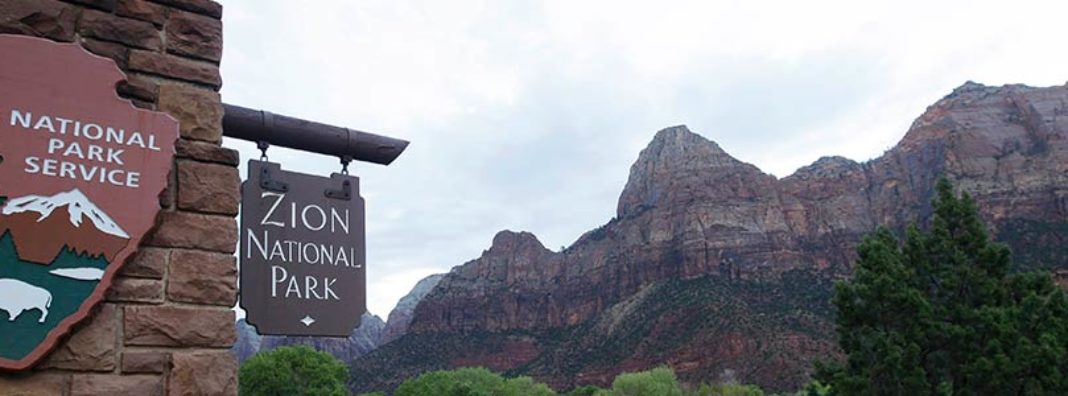
On April 15, Sen. Elizabeth Warren announced her plan to make entry to all national parks free if she wins the 2020 presidential election. Because American citizens already pay taxes that contribute to the maintenance of national parks, she argues that Americans should be able to enter all parks free of charge. Unfortunately, removing park entry fees would likely make an already massive maintenance backlog even larger. Instead of removing entry fees, we should allow for more local management of parks so that those who know their parks best can effectively maintain them.
Many of America’s most treasured national parks are deteriorating under an ever-growing maintenance backlog that currently stands at more than $11 billion. More than 300 million people visit our national parks each year, and each additional visitor takes a toll on bathrooms, bridges, roads and trails. Entry fees provide important funding for park maintenance. The National Park Service expects to bring in $314.3 million in fee revenue in 2020, more than half of which will be spent on deferred maintenance projects.
In addition to the growing backlog, many of the most popular parks also suffer from chronic overcrowding. On Memorial Day last year, visitors to Zion National Park faced a two-hour wait just to board the shuttle bus that would take them into the park. Even with fees in place, park managers are considering limiting the number of visitors that can enter each day or requiring a reservation for popular trails like Angels Landing. Removing park entry fees would only make it more difficult for local park managers to effectively manage these treasured landscapes.
Not only does overcrowding take its toll on infrastructure and impact the tourist experience, but it also results in ecological damage to parks. The National Park Service spends hundreds of millions of dollars each year protecting and restoring the natural resources in our parks. Park Service workers combat invasive species inadvertently brought in by guests, conserve wildlife whose habitat is impacted by millions of visitors and restore damage caused by hiking and other recreational activities. Every visitor to our national parks has an environmental impact, and park fees require visitors to help pay for the costs of preserving that land.
Instead of removing entry fees, we should give local park managers more authority to experiment with variable entry fees that fluctuate with demand. Right now, 80% of entry fee revenue is retained in the park where it was raised and 20% is distributed among parks that don’t have entrance fees. Local managers, however, don’t have the authority to set their own fees or to change those fees to account for the busiest weekends of the year. Allowing park managers to charge higher fees when parks see the most visitors would empower them to effectively regulate crowds and raise revenue to pay for much-needed maintenance.
Of course, one of the most common arguments against entry fees at national parks is that they price low-income families out of visiting. Right now, the most expensive parks charge $35 per vehicle for a seven-day pass. This is hardly cost prohibitive, and less than the average cost for a family of five to attend a two-hour movie. If local park managers were free to experiment with variable fees, low-income families would have greater opportunity to visit during the offseason when fees are lower. Park managers could also continue to offer fee-free days to help expand access to parks.
Entry fees play an important role in maintaining the infrastructure and ecological integrity of our national parks. Allowing park managers greater local control over fees would both enhance the tourist experience and allow for careful stewardship of the environment. Instead of removing entry fees, we should allow those who know our parks best to decide how fees should be set. Doing so will ensure our national parks are effectively preserved for future generations of Americans to enjoy.



 Deseret News
Deseret News